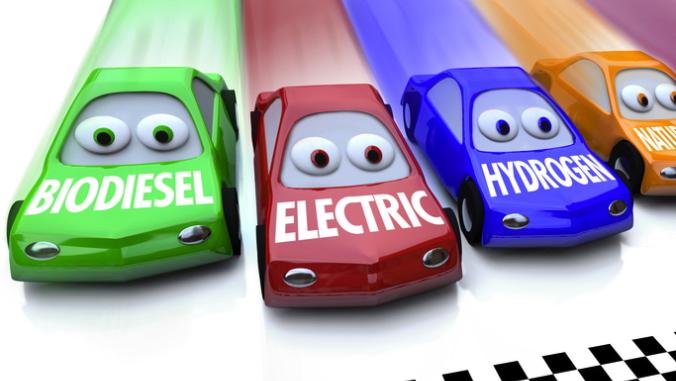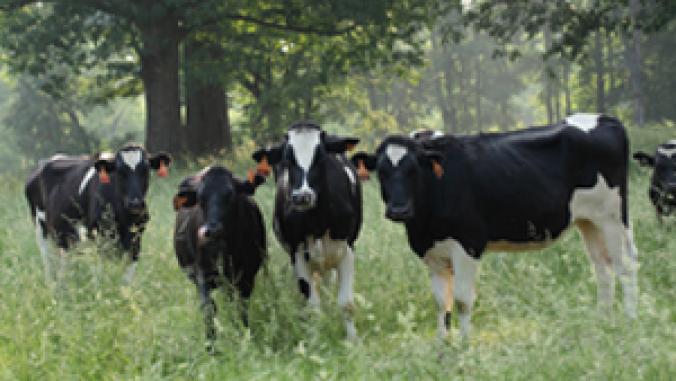GE to Cut Manufacturing Plant's Emissions by 80 Percent
<p>GE will adopt cyclopentane for production of its top-freezer refrigerators. The foam-blowing agent produces 99 percent less greenhouse gas emissions than the chemical it replaces.</p>

General Electric has tweaked its manufacturing process to significantly reduce the greenhouse gas emissions generated during the production of its top-freezer refrigerators.
The company's appliances and lighting division said yesterday that it adopted cyclopentane at GE's Decatur, Ala., manufacturing plant this month. The foam-blowing agent produces 99 percent less greenhouse gas emissions than HFC 134a, the chemical it replaces. On an annual basis, this will equate to more than 400,000 metric tons of greenhouse gas emissions to be avoided at the facility.
To put this in perspective, the plant's total emissions will fall by more than 80 percent as a result of the change. Now the company plans to transition other refrigerator manufacturing facilities to cyclopentane in the coming years, including its Bloomington, Ind., and Louisville, Ky., facilities by 2014.
The benefit of using cyclopentane is twofold, GE said. Cyclopentane, a foam-blowing agent that propels insulation into the doors and cases of refrigerators, also boosts the energy efficiency of the foam.
GE estimates that shifting to cyclopentane will generate 25 new jobs.
The Decatur manufacturing facility is the focus of a $59 million investment by GE. The site will house its Center of Excellence for top-freezer refrigerators. By 2014, GE expects to offer the highest percentage of U.S.-made refrigerators among full-line appliance manufacturers.
In the video below, GE explains how the process will reduce its carbon footprint.





